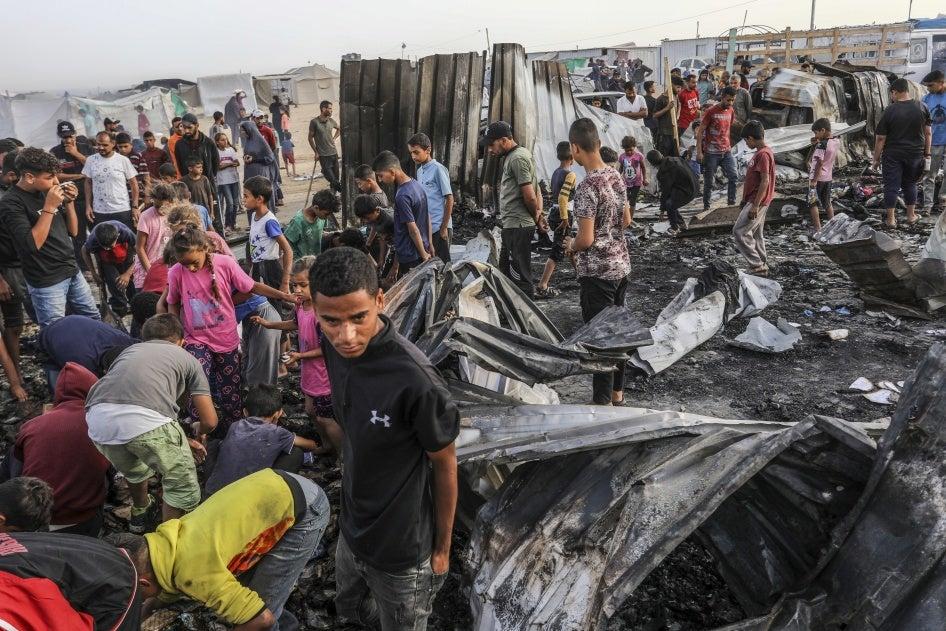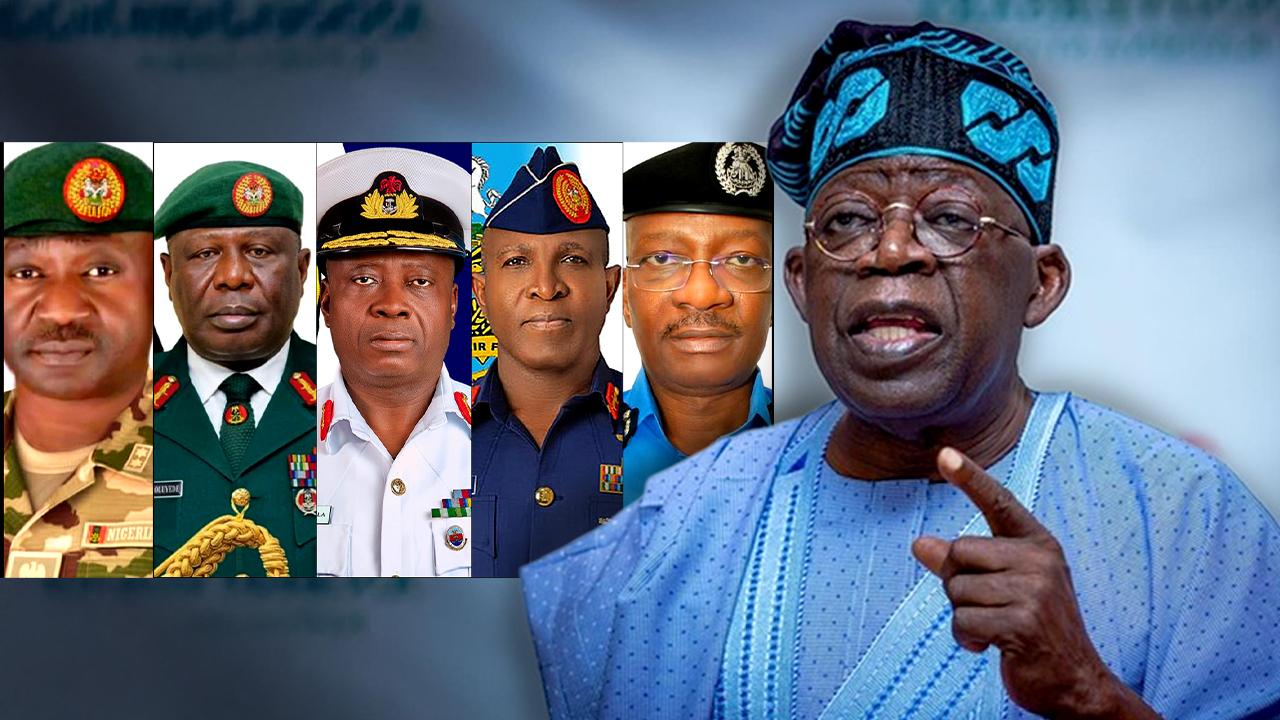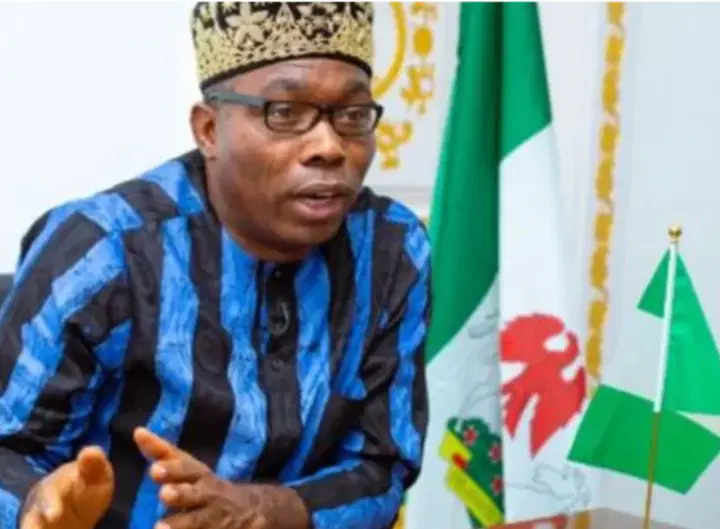The Real Root of the Gaza Conflict: A Century of Land, Identity, and Struggle

For as long as most of us can remember, Gaza has been in the news — wars, blockades, bombings, heartbreak. Every few years, the cycle repeats. But behind the headlines is a story that didn’t start yesterday. It’s a story about land, loss, and two peoples fighting to exist in the same space.
Over a hundred years ago, the land we now call Israel and Palestine was part of the Ottoman Empire. It was home mainly to Arab Muslims and Christians, with a small Jewish community living among them. Then came Zionism — a movement by Jews in Europe who wanted to return to their ancient homeland. They were fleeing discrimination and violence, especially as antisemitism spread through Europe.
When the British took control of Palestine after World War I, they promised to help create a “home for the Jewish people.” But that promise didn’t include the consent of the Arabs already living there. That was the first spark.
In 1947, the United Nations decided to split the land — one part for Jews, one for Arabs. The Jews accepted; the Arabs refused, saying the plan was unfair. When Israel declared independence in 1948, Arab countries went to war. Israel won, and over 700,000 Palestinians were forced from their homes — the Nakba, or “Catastrophe.” Some fled to Gaza, which came under Egyptian control. Others ended up in refugee camps.
In 1967, another war changed everything. Israel captured Gaza, the West Bank, and East Jerusalem — places Palestinians hoped would become their future state. Since then, millions of Palestinians have lived under Israeli occupation, unable to move freely or govern themselves. Israeli settlements began to grow, and frustration turned into resistance.
In the 1980s, after years of anger and hopelessness, the First Intifada — a Palestinian uprising — broke out. During this time, a new group called Hamas emerged in Gaza. Unlike the older PLO, Hamas didn’t believe in peace talks. It saw armed struggle as the only way to end occupation.
In the 1990s, the Oslo Accords gave Palestinians limited self-rule. For the first time, peace between Israelis and Palestinians seemed possible. But it didn’t last — violence, mistrust, and expanding Israeli settlements shattered the dream. The Second Intifada followed, bringing more bloodshed.
In 2006, Hamas won elections in Gaza. A year later, they seized control of the strip. Since then, Israel and Egypt have blockaded Gaza, controlling its borders, airspace, and much of its supplies. Hamas and Israel have fought multiple wars — in 2008, 2012, 2014, 2021, and 2023–24. Each time, the destruction grows. Each time, more innocent lives are lost. For over two million people trapped inside Gaza, life has become survival — limited power, little clean water, crumbling hospitals, and nowhere to run when the bombs fall.
At the heart of it all are questions no one has been able to answer: Who truly owns the land? Can Palestinians ever have a state of their own? Can Israel ever feel safe enough to allow it? What happens to millions of Palestinian refugees who’ve lived their entire lives in exile? And what about Jerusalem, the city both sides call home? Every time these questions are avoided, the fire reignites.
The war in Gaza isn’t just about religion. It’s about identity, memory, and justice — about two peoples carrying pain too heavy to let go, and leaders who’ve often failed to imagine something better. Peace won’t come from bombs or blockades. It will come from empathy — from seeing the humanity of the other side, even after everything.
Until that happens, Gaza will keep burning, and the world will keep watching — heartbroken, and helpless.








